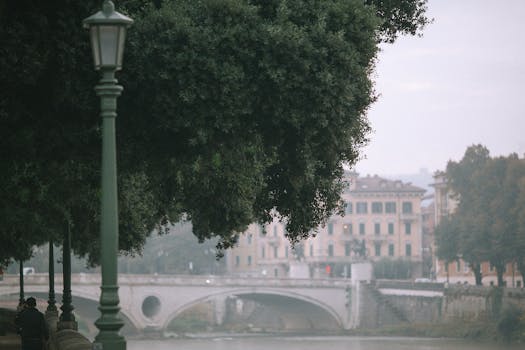
Urban Green Spaces: The Future of Outdoor Living in European Cities by 2025
Urban Green Spaces are becoming increasingly important in European cities, and for good reason. As the focus keyword, Urban Green Spaces are not just a nicety, but a necessity for the well-being of citizens and the environment. In this article, we will explore the current state of urban green spaces in European cities and how they are shaping the future of outdoor living by 2025.
Introduction to Urban Green Spaces
Urban green spaces refer to areas in cities that are dedicated to nature, such as parks, gardens, green roofs, and urban forests. These spaces provide a range of benefits, including improved air quality, reduced noise pollution, and increased biodiversity. They also offer citizens a chance to connect with nature, relax, and engage in physical activity.
Benefits of Urban Green Spaces
The benefits of urban green spaces are numerous. Some of the most significant advantages include:
- Improved mental and physical health: Studies have shown that spending time in nature can reduce stress, improve mood, and lower blood pressure.
- Increased biodiversity: Urban green spaces provide a habitat for plants and animals, helping to preserve ecosystems and support local wildlife.
- Climate regulation: Green spaces can help to mitigate the urban heat island effect, reducing temperatures and improving air quality.
- Economic benefits: Urban green spaces can increase property values, attract businesses and tourism, and create jobs.
Current State of Urban Green Spaces in European Cities
Many European cities are recognizing the importance of urban green spaces and are taking steps to create and maintain these areas. Some cities, such as Copenhagen and Stockholm, have made significant investments in green infrastructure, including parks, green roofs, and urban forests. Other cities, such as London and Paris, are incorporating green spaces into their urban planning, with initiatives such as green walls and community gardens.
The Future of Urban Green Spaces in European Cities by 2025
By 2025, urban green spaces are expected to play an even more critical role in European cities. As cities continue to grow and urbanize, the need for green spaces will only increase. Some of the trends that are expected to shape the future of urban green spaces include:
- Increased use of technology: Cities are using technology, such as sensors and data analytics, to optimize green space management and maintenance.
- More emphasis on community engagement: Cities are recognizing the importance of community involvement in the creation and maintenance of urban green spaces.
- Greater focus on sustainability: Cities are incorporating sustainable practices, such as rainwater harvesting and solar power, into green space design and maintenance.
Conclusion
In conclusion, urban green spaces are a vital component of European cities, providing numerous benefits for citizens and the environment. As we look to the future, it is clear that these spaces will play an increasingly important role in shaping the future of outdoor living by 2025. By prioritizing the creation and maintenance of urban green spaces, cities can create healthier, more sustainable, and more livable environments for all.





